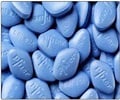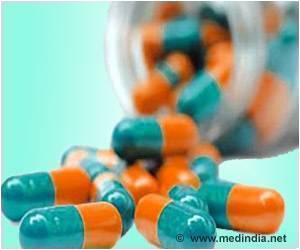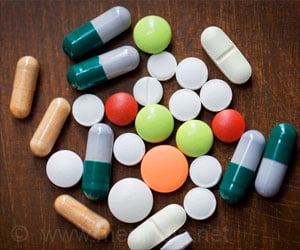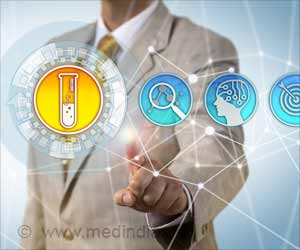A drug used to treat erectile dysfunction and pulmonary hypertension, has another possible use-helping children and young adults with congenital heart disease to better tolerate exercise,
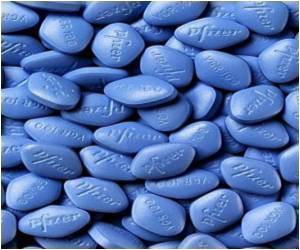
All patients involved in the study had earlier undergone the Fontan operation, a procedure that redirects systemic venous blood directly to the pulmonary arteries, bypassing the heart.
It is the third operation in a staged series of surgeries for single-ventricle heart defects, life-threatening conditions in which a child is born with severe underdevelopment of one of the pumping chambers of the heart.
"Despite dramatically improved early operative success achieved over the past 20 years, morbidity and mortality are still a challenge for children who have undergone a Fontan operation," said David J. Goldberg, primary investigator of this study.
"The staged palliation does not recreate a normal two-ventricle circulation; instead the series of surgeries creates a unique physiology in which exercise capacity is dramatically diminished," he said.
In this study, researchers randomized 28 children and young adults who had undergone the Fontan operation an average of 11 years earlier to receive either placebo or sildenafil three times a day for 6 weeks.
The researchers found significant improvements in exercise performance during treatment with sildenafil compared to placebo.
The findings included improved ventilatory efficiency and, in two subgroups of patients, an improved ability to perform moderate levels of exercise. These changes suggest an overall improvement in the physiology associated with this unique circulation.
This study was published online on March 7 in the journal Circulation.
Source-ANI

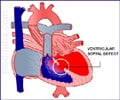
![Pulmonary Arterial Hypertension [PAH] - Symptoms & Signs - Causes - Diagnosis - Treatment Pulmonary Arterial Hypertension [PAH] - Symptoms & Signs - Causes - Diagnosis - Treatment](https://images.medindia.net/patientinfo/120_100/pulmonary-arterial-hypertension-pah.jpg)
